Parts of the Process and What They Do
Before you begin reloading in earnest, it’s important to have a baseline understanding of each part of the process. From cleaning your spent cartridges to crimping the final product, it’s important that the reloader understands the function and importance of each step in reloading. If you were to take a vacation, you would certainly look over each piece of your itinerary before committing. The same philosophy can be applied to reloading ammunition. By knowing the full process before beginning, first-time reloaders can develop a more thorough understanding of the importance and role of each individual step. In this section, we will go through a quick outline of each major piece of the reloading process.
Cleaning Brass
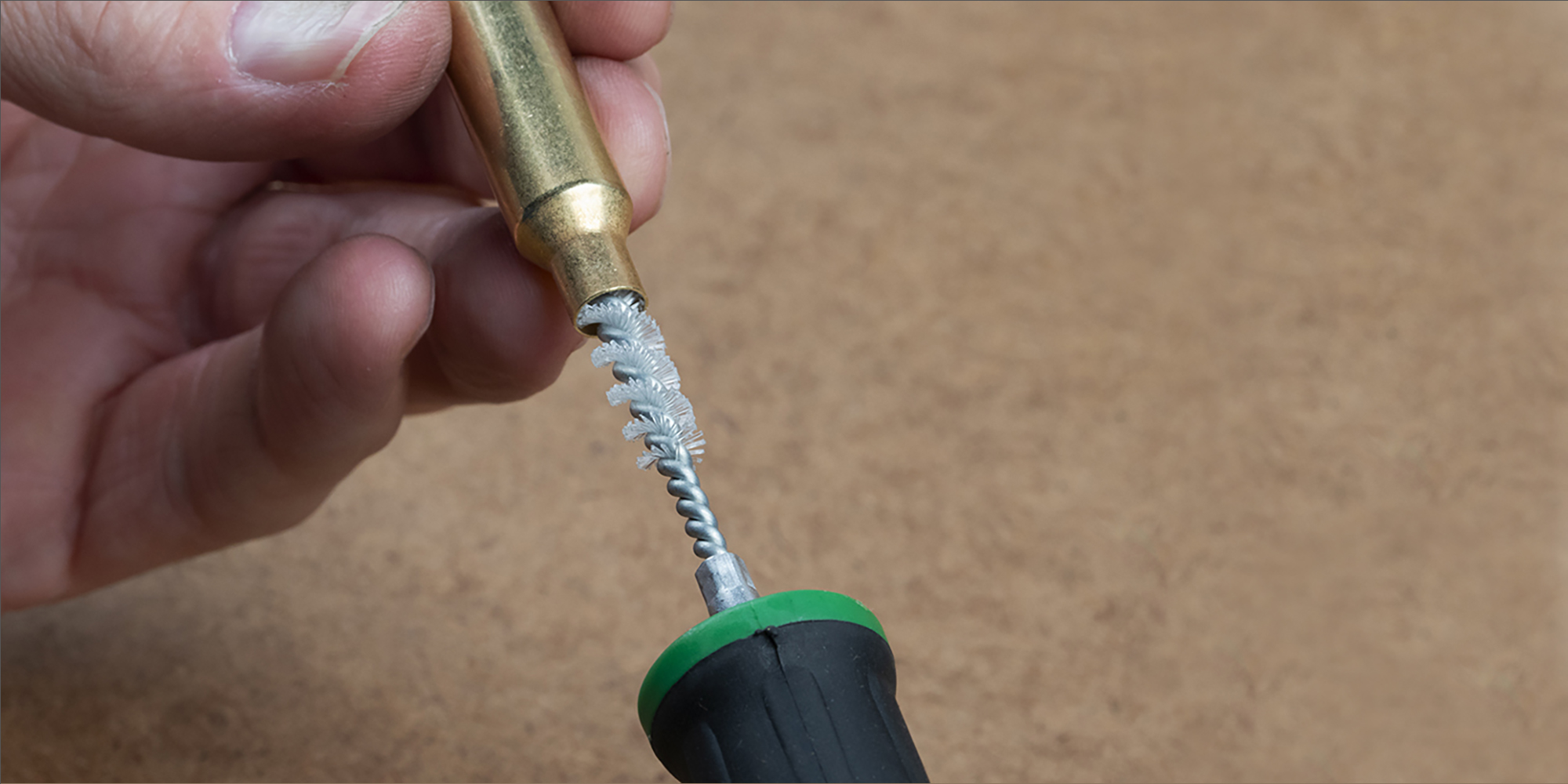
Once a round is fired, it’s very important to clean the case before reloading that cartridge. After firing, residue from the ignition sequence can collect on the outside of the case. This debris tends to accumulate on the neck and shoulder areas of the case. If you find large amounts of residue on the body of the case, the neck may not be sealing properly. This could be due to a light powder charge.
There are many reasons to clean cases before reloading. First, it’s crucial to keep debris and grit from building up in your dies. This type of buildup can significantly shorten the lifespan of your dies. It can also flake off and contaminate your cartridge during the reloading process. Lastly, after you’ve cleaned the chamber of your weapon, it’s obviously best to avoid putting dirty cases into it.
Case Resizing and Trimming
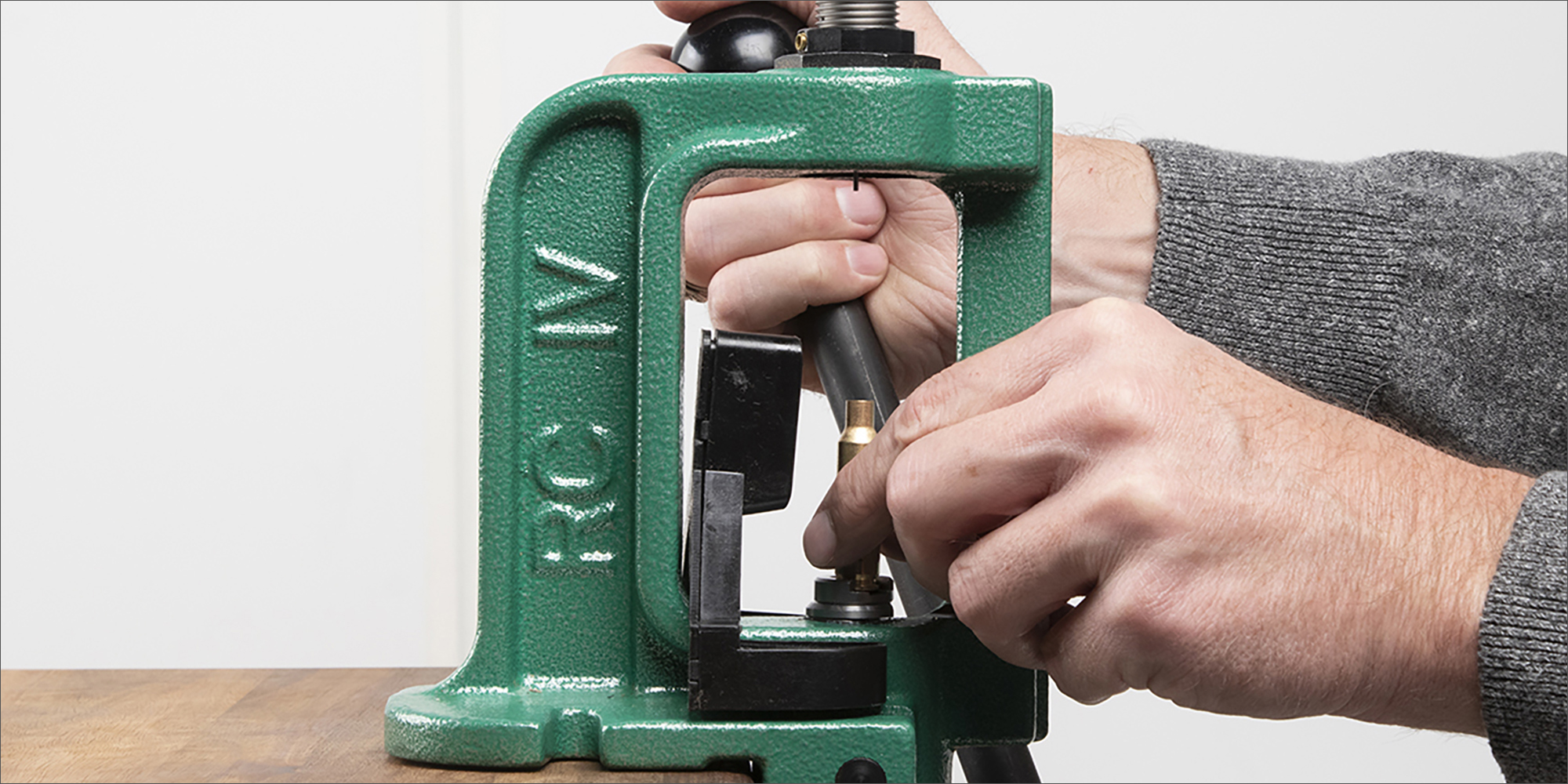
When a cartridge is fired, the brass case is misshapen and warped by the large amount of energy and force that is impacted upon it. For this reason, it is important to bring your brass case back to its original size before loading it and attempting to fire it again. This is done with a sizing die, which works by constricting the case walls and/or the case neck.
Once a case is resized, it may be too long for immediate use. To check case length, reloaders use analog or digital calipers. If the case is too long, it must be cut to the manufacturer’s specified length with a case trimmer.
Case Priming
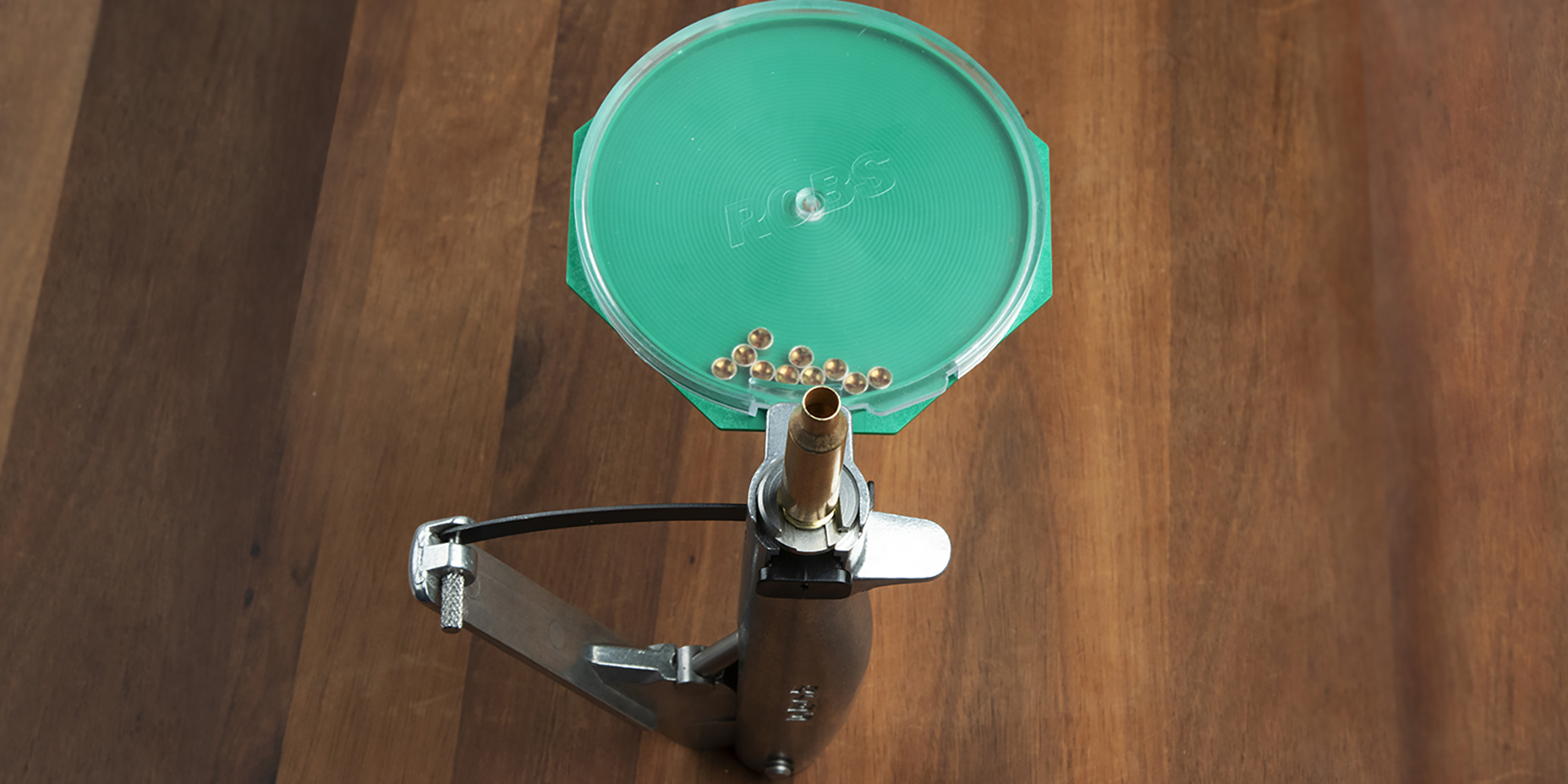
At this point, your case will be fully prepared for reloading. It’s now time to begin priming and charging. When priming your case, the ultimate goal is to ensure that the primer is seated into the primer pocket at the appropriate depth. It is important to be careful when handling primers so as not to contaminate them with any foreign oils or materials.
The ideal seating depth is when the primer is flush with the case head. You can get a dial indicator gauge to measure the primer depth specifically. If a primer is seated too shallow, you risk setting off the primer when not shooting the round. If it is too deep, you may crush the primer and create a misfire. Therefore, it is very important to properly seat your primers.
Charging
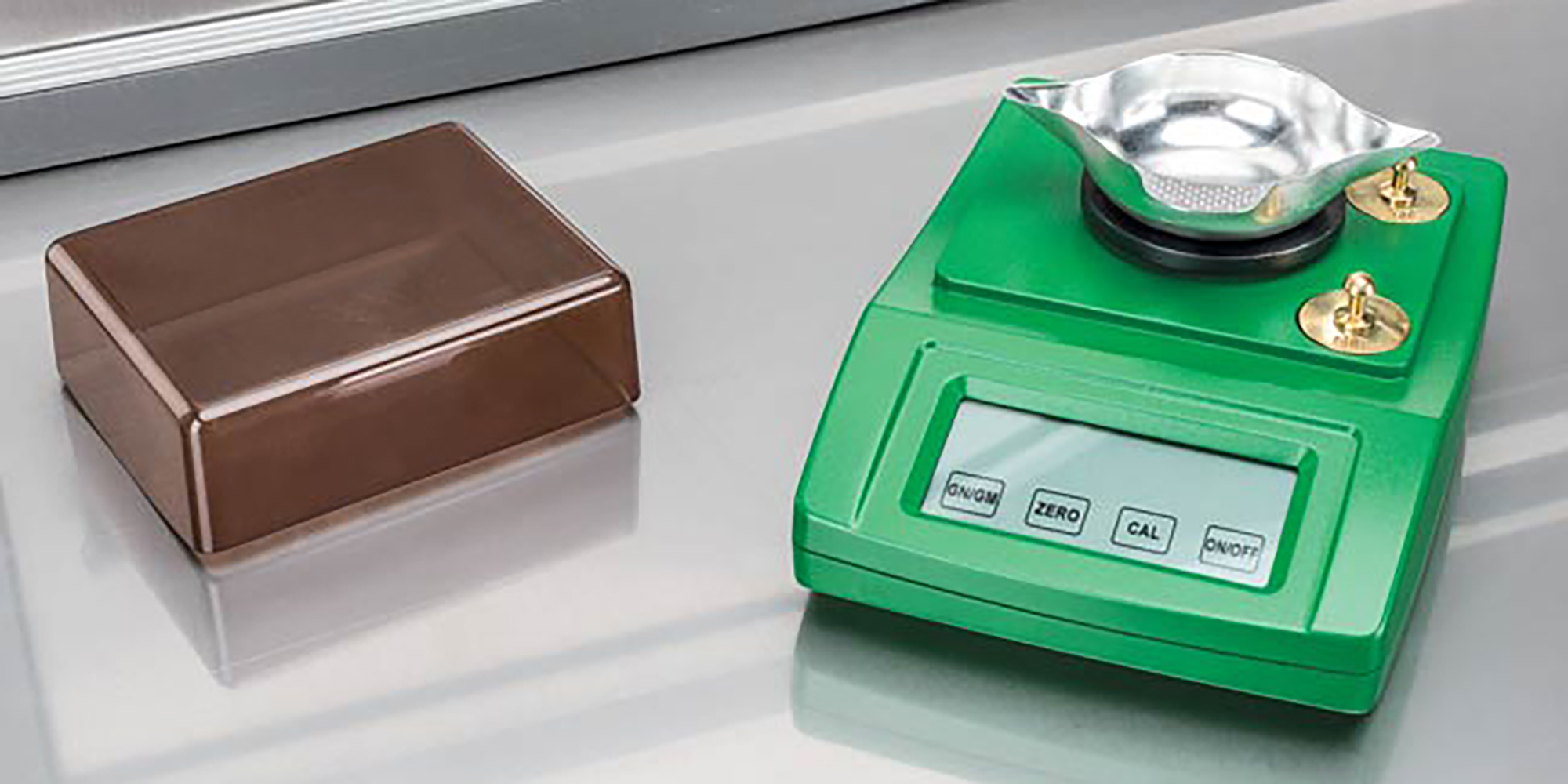
Although every step in the reloading process is absolutely crucial, proper powder loading is perhaps the most important piece to get absolutely correct. If a cartridge is charged with too much powder, the results can be nothing short of catastrophic.
To understand the proper load amounts, reloaders use a reloading guide. These manuals give handloaders all the data and information needed to accurately charge their ammunition. They contain the minimum and maximum charges for a given bullet weight and powder brand.
Bullet Seating
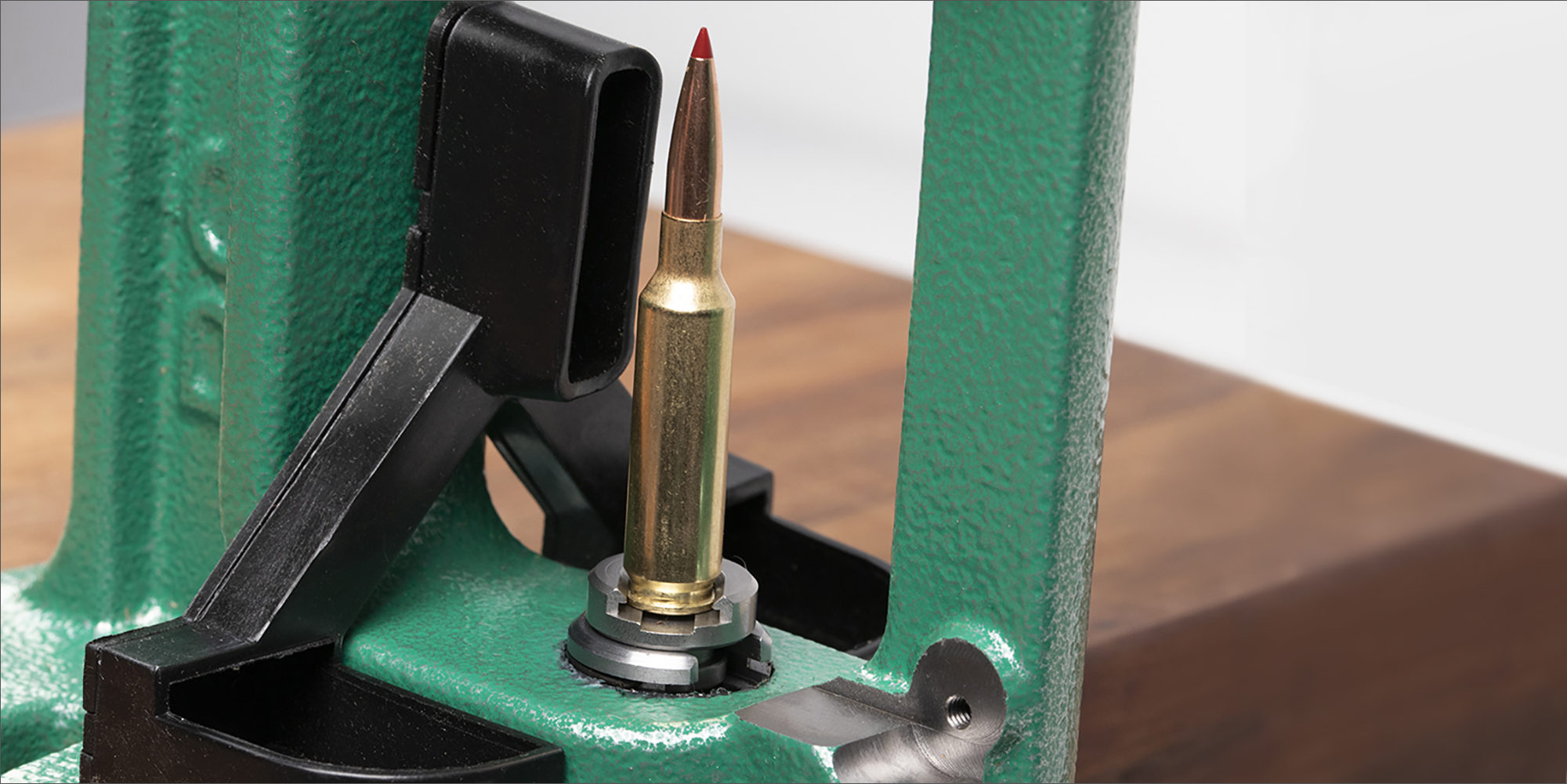
Bullet seating is one of the final major steps in the reloading process. To seat your bullet is simply to insert it into the case at the appropriate depth. A seating die (usually included in a die set) will ensure that your bullet is seated properly. After using your reloading press to seat the bullet, it is necessary to remove the cartridge and measure its overall length.
To function properly, the bullet needs to be seated at a specified depth (found in your reloading manual). A cartridge that is too long will not fit into the magazine of your rifle. Bullets that are seated too deeply will cause excessive chamber pressure, potentially damaging your firearm (or you!).
Crimping
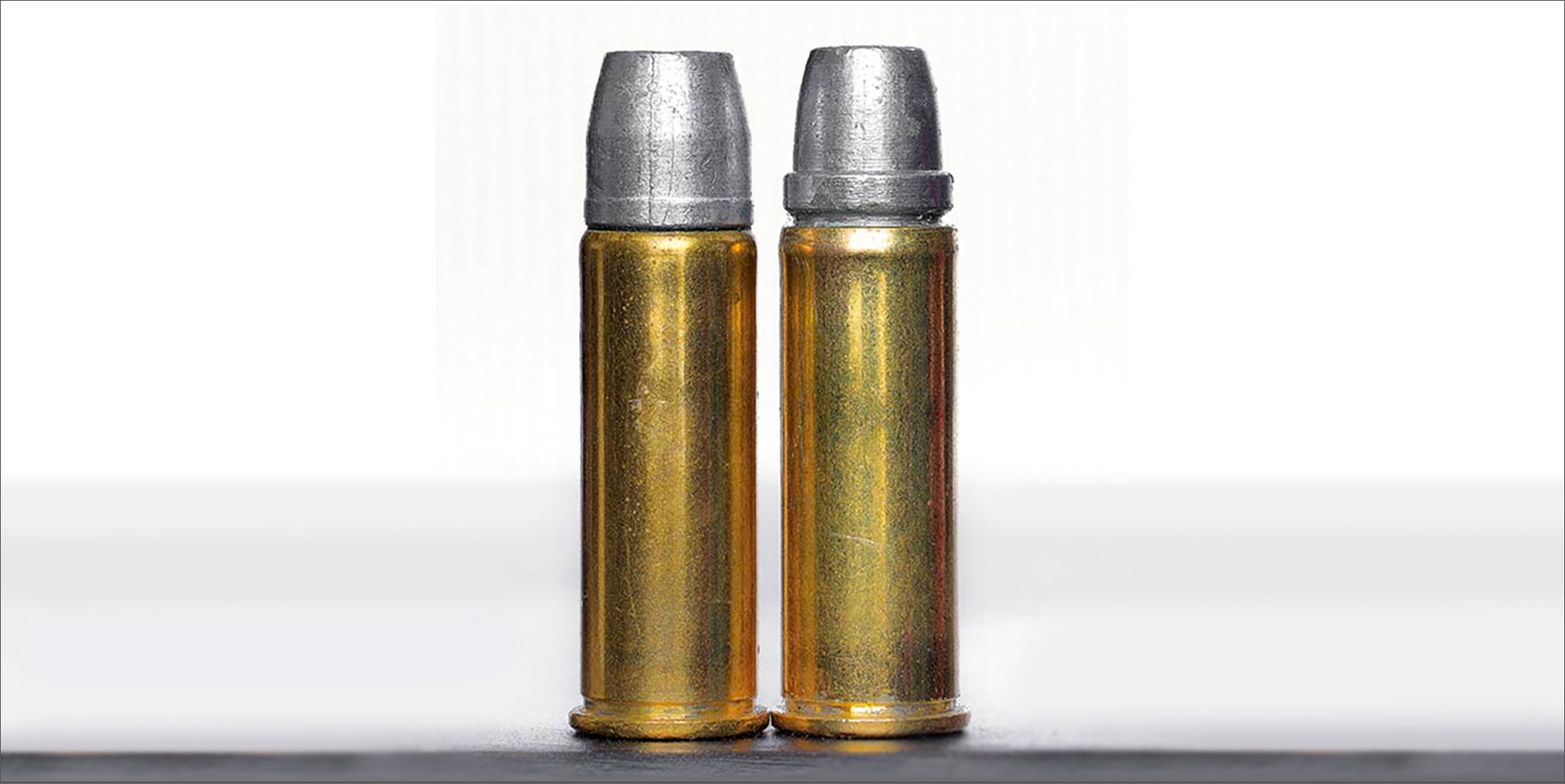
After a bullet is seated properly, you will often need to crimp the bullet. This will ensure that the bullet doesn’t move deeper into the case with the recoil of the firearm. When crimping occurs, the case mouth is crushed around the bullet. All pistol rounds need to be crimped, but only some rifle cartridges require this process. Some lever action and semiautomatic weapons create heavy recoil which will require that handloaders crimp the bullets.
Pulling
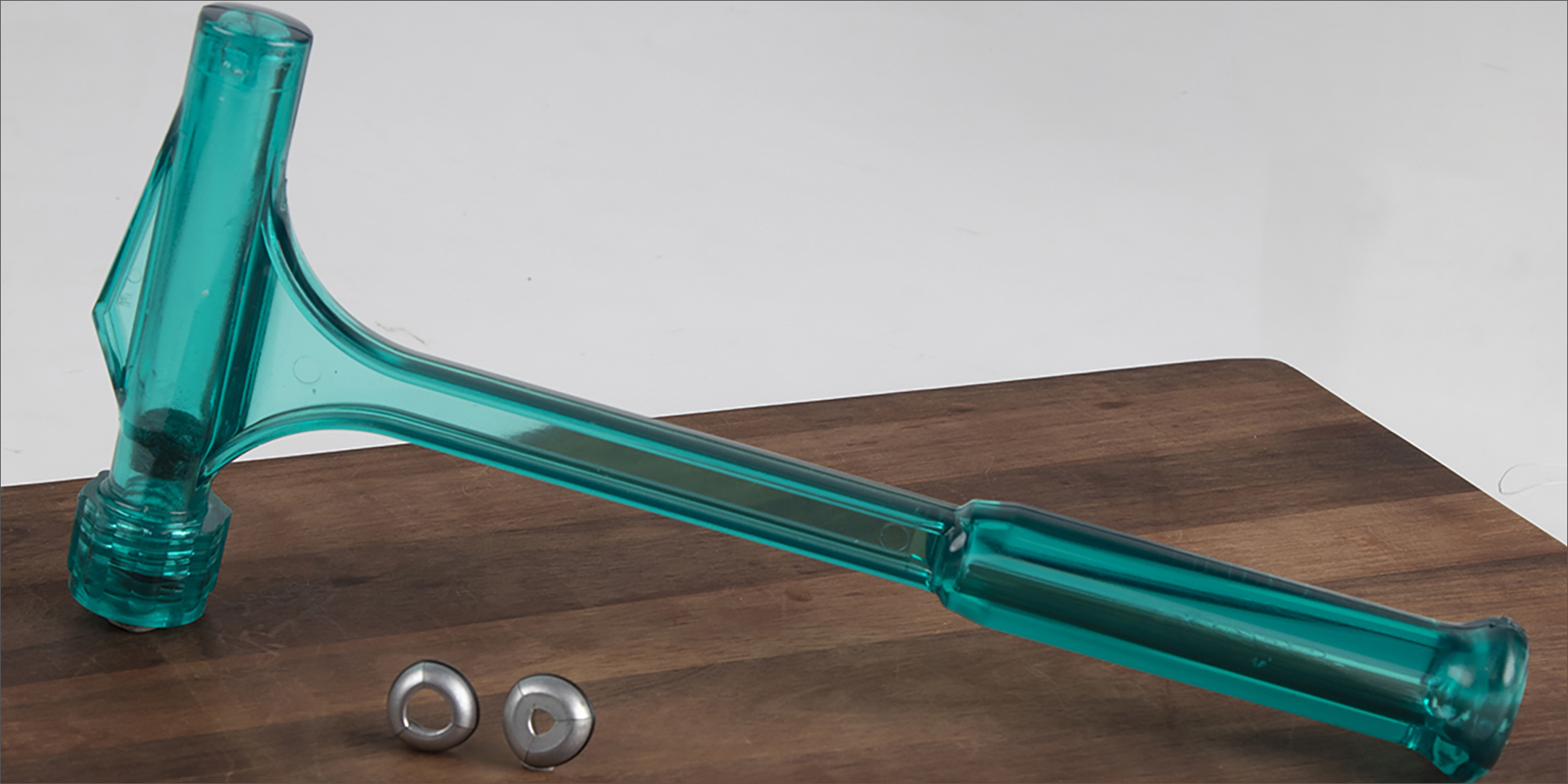
Even expert reloaders make the occasional mistake. Bullet pulling is the process of removing a bullet from a case if the ammunition has been improperly loaded. This is done through some kind of bullet pulling tool in order to prevent damage to either the case or the bullet itself.